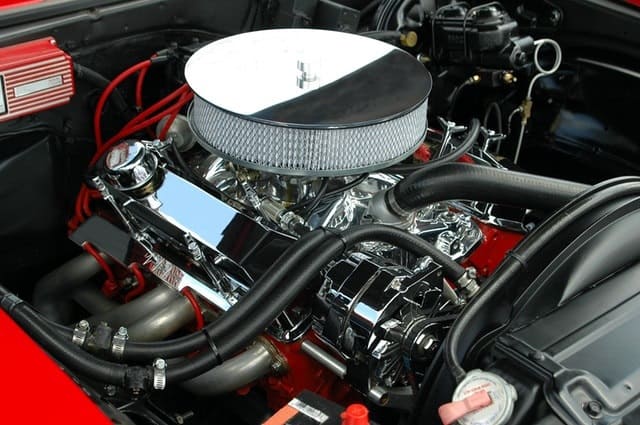Far too many people think of cars as appliances put here merely to do our bidding until they wear out—at which time they should be replaced. Given we are talking about mechanical devices, that could be considered a fairly reasonable attitude. However, another group of people look at cars as faithful companions who will always take care of you—as long as you take care of them. Wherever you fall on that spectrum, the truth is cars are capable of going many hundreds of thousands of miles with good maintenance. So, if you want your car to last, the question becomes how often should your replace key vehicle systems?
Well—it depends.
Factors Determining Maintenance Intervals
There is no hard and fast rule to performing car maintenance. Manufacturers make suggestions, which you’ll find in the automobile’s owner’s manual, but those schedules are arbitrary. What really determines how often maintenance should be performed is the way you drive the car, how often you drive the car and the conditions in which you drive the car.
If you operate your car like a racing driver, you’re going to put a lot more stress on the tires, transmission and brakes. If you spend most of your time at cruising speed on the Interstate
, those items will experience far less wear and tear. If you drive in dusty environments, your filtration systems and fluids are going to need a lot more attention than if you always drive in the city.

Operating Conditions Are Key
To take this into consideration, owner’s manuals usually offer two sets of scheduling criteria. “Normal” use and “Severe” use. Severe is usually defined as operating in exceptionally hot, extremely cold, or predominately dusty environments. If you engage primarily in stop and go driving composed of mostly short trips and carrying heavy loads or towing trailers your use should be characterized as severe and you’ll need to perform maintenance more frequently.
Time Can Matter More Than Miles
Aircraft and ship maintenance is typically based upon hours of operation. This is because time is easier to quantify. While 100 miles of stop and go driving are a lot harder on a car than 100 miles of steady-state cruising down the interstate. However, 100 hours of operation is 100 hours regardless of how the vehicle was used.
This comes into play with a car for items such as tires, which should be replaced every six years or so, regardless of how worn (or not worn) they are. Many experts recommend changing engine oil every 12 months regardless of mileage. While you’re at it, it’s a good idea to compare car insurance rates on about the same schedule to make sure you’re getting the best coverage at the most affordable price.
Typical Maintenance Items
At minimum you should change your engine oil, transmission fluid and brake fluid at regular intervals—again depending upon your style of use. These should also be checked routinely to ensure you always have a sufficient amount of them in your car. Significant damage and even accidents can result if they are allowed to be depleted altogether.
Tires should be closely monitored for wear and age to be replaced when needed, as should your brake pads, windshield wiper blades and spark plugs. Each of these is considered a wear item, as their effectiveness
naturally deteriorates with the use of the vehicle. Again though, how rapidly this deterioration occurs depends upon the way you use the car and the environment in which it is driven.
Long story short, how often you should replace key vehicle systems really does depend upon the way you use your car. Your best guide in this regard is your automobile’s owner’s manual.




